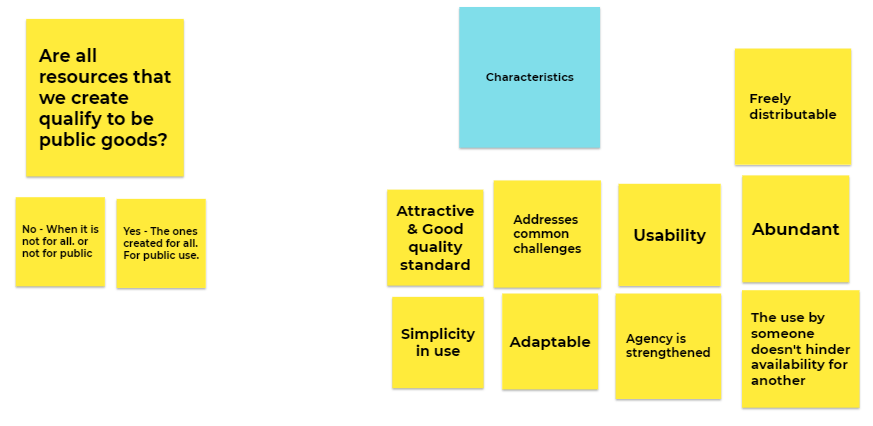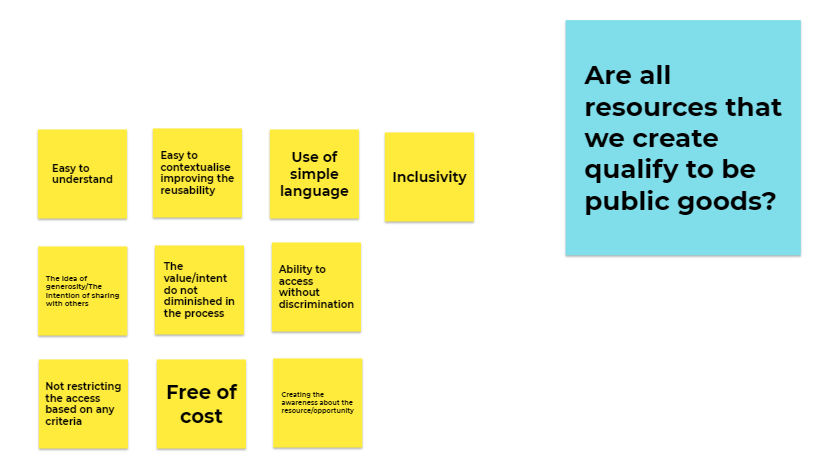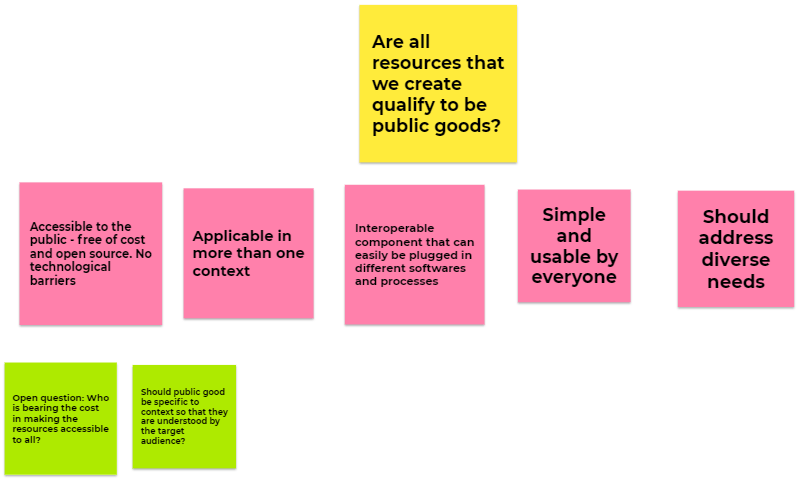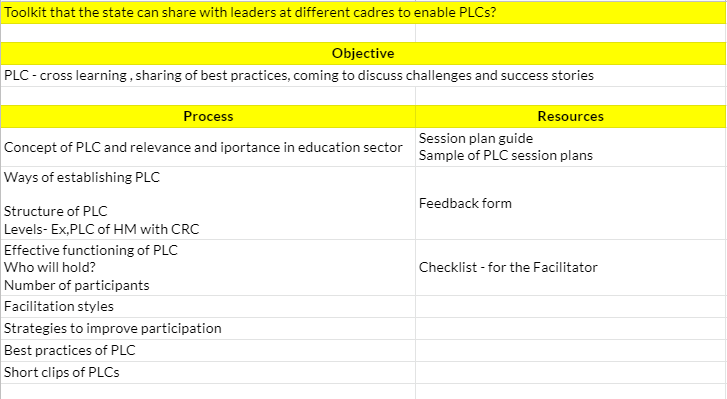Voices of Cerebration: Unravelling Public Goods
Public goods put simply are commodities and services that are made available to all members of society. These are introduced in society to generate benefits for all. Unlike private goods, public goods are inherently available in abundance and offered at minimal to no cost to individuals. The two main criteria
Public goods put simply are commodities and services that are made available to all members of society. These are introduced in society to generate benefits for all. Unlike private goods, public goods are inherently available in abundance and offered at minimal to no cost to individuals. The two main criteria that distinguish public goods are that they must be non-rivalrous and non-excludable. Non-rivalrous means that the goods do not dwindle in supply as more people consume them and non-excludability means that the goods are available to all citizens. Public goods have the potential of generating economic and social benefits that outweigh their costs. This offers as a strong motivation for changemakers to think and outline ways to imagine their ideas to take the form of public goods.
When we explore public goods further, especially in the context of education and educational leadership, we realise that the term ‘public goods’ has many layers to it. Once we understand these layers, making assets such as knowledge, processes, data, and technology freely available to everyone then becomes an insightful and productive quest.
In Week 5 of the Cerebration Series, participants came together to delve deeper into the meaning of public goods in the context of educational leadership and to unravel efforts that can be taken to design resources with the focus on building public goods. The experience also included a ‘Design Challenge’ wherein the community was able to apply its understanding and have an open discussion around questions that came up during the process.
Public Goods as part of Societal Platform Model
Different organisations identify the complex societal problem piece that they wish to solve. To do so, they formulate their MISSION which is then imagined in the form of multiple PROGRAMS. For any particular program, there can be SOLUTIONS linked to it that address the problem that it intends to solve. Solutions further take the form of byte-sized resources identified as ASSETS. These assets can be in the form of knowledge, processes, technology, connections and data. When these assets are designed in manners that make them reusable, interoperable and generic, it leads to the generation of public goods by the organisation. The entire process involves unbundling programs into smaller pieces of resources which can further be rebundled as public goods that fosters co-creation and network effects. This entire cycle pushes organisations to be empathetic, generous and conscious of designing assets in an unbundled generic way so that they can be made available for the use of others.
Characteristics of Public Goods
In the process of building public goods, it becomes important to begin by articulating what public goods mean. To build that knowledge, our participants tried identifying characteristics of assets they create as public goods. These are certain common characteristics that emerged:
- Reusable: The assets created are available to be reutilized by users and can easily be adopted in context to their respective programs
- Accessible: The assets are easily, readily and abundantly available in the society
- Interoperable: The assets can be shared without any restriction and can easily be hosted across different software and processes
- Affordable: In order to use these assets, the users bear minimum to no cost
- Simple: These assets are designed in simple language and structure so that they can easily be comprehended by the users
- Solution-oriented: These assets are designed in order to address and solve a societal problem

Participants identify characteristics of Public Goods (1)

Participants identify characteristics of Public Goods (2)

Participants identify characteristics of Public Goods (3)
Design Challenge
To experience the thought process that goes behind ultimately designing a public good, our participants engaged in a design challenge. The task that lay ahead was to design a knowledge asset: a toolkit as a public good in the context of a state-run school leadership development program (SLDP). The group of participants brainstormed on identifying key points that would constitute the toolkit to address given problem statements. Throughout this process, the participants were pushed into using the previously identified characteristics of public goods as guiding principles to lay down different aspects of the toolkit.

Designing toolkit in action: participants identify key points to include in their toolkit
With an evolved understanding of public goods, the session left our participants wondering the actions that their organisations can take towards designing assets that qualify as public goods. What do you feel are some essential characteristics of public goods? What assets in the form of public goods can benefit the mission of educational leadership? What has been your thought process in designing these assets? Share with us!

